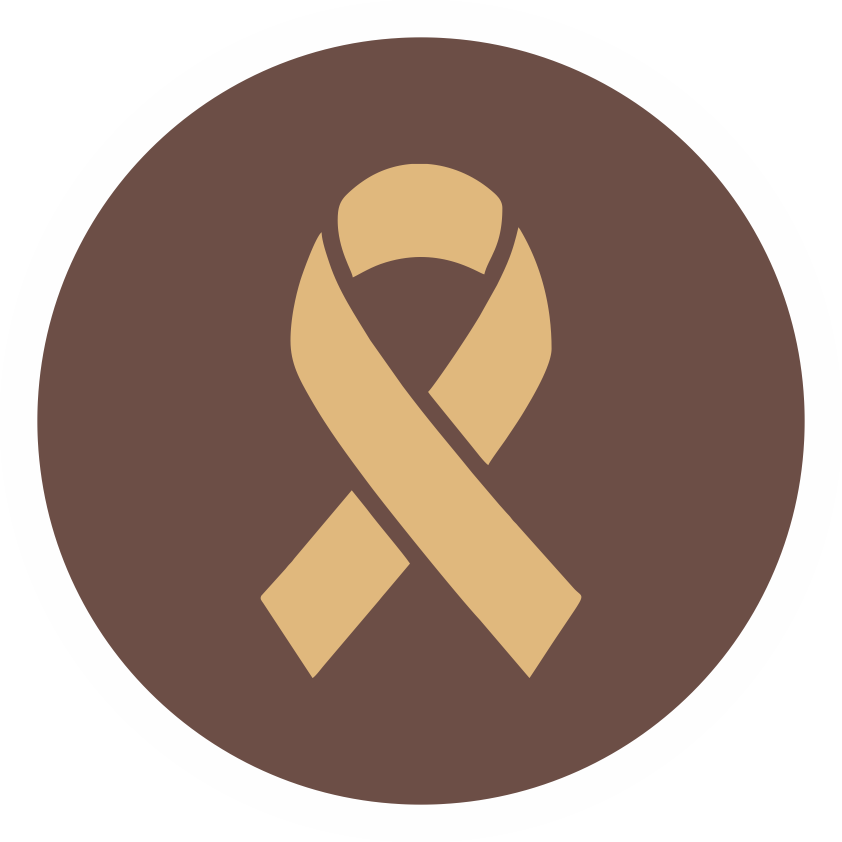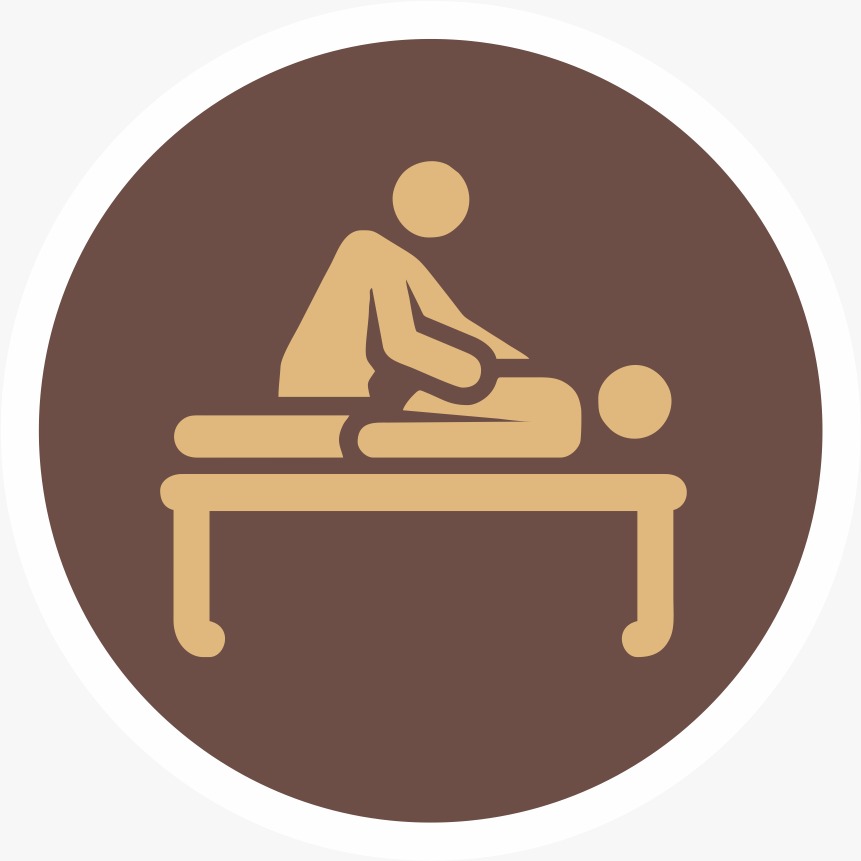- Our Doctors
- Our Specialities
Centres of Excellence
-
 Centre for Blood Diseases, BMT & Cancer Immunotherapy
Centre for Blood Diseases, BMT & Cancer Immunotherapy -
 Centre for Bone, Joint & Spine
Centre for Bone, Joint & Spine -
 Centre for Critical Care Medicine and ECMO Services
Centre for Critical Care Medicine and ECMO Services -
 Centre for Gastrosciences
Centre for Gastrosciences -
 Centre for Heart & Vascular Care
Centre for Heart & Vascular Care -
 Centre for Nephro-Urosciences
Centre for Nephro-Urosciences -
 Centre for Neurosciences
Centre for Neurosciences -
 Centre for Obstetrics and Gynaecology
Centre for Obstetrics and Gynaecology -
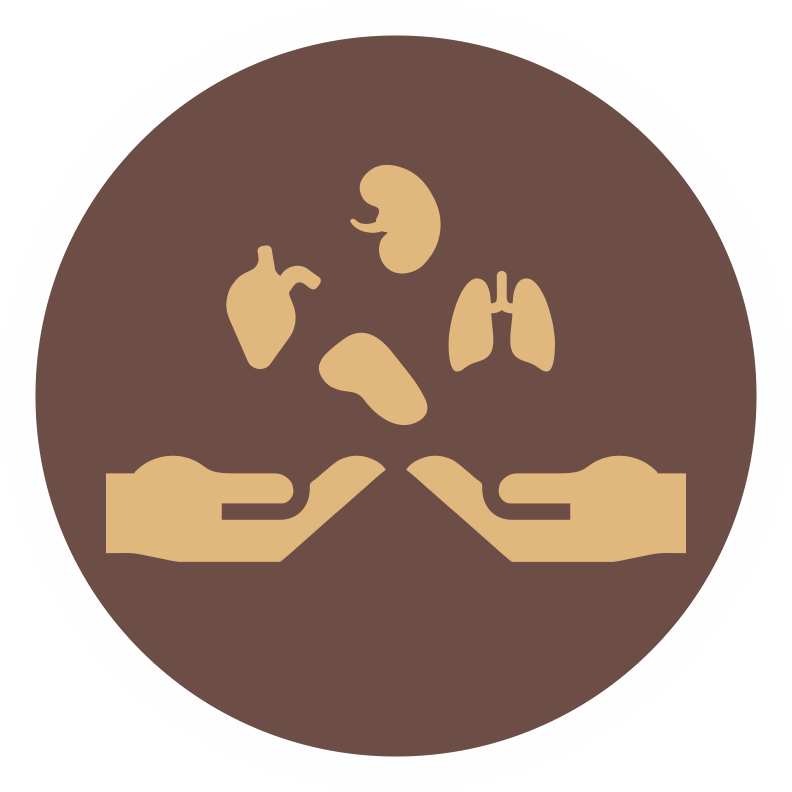 Centre for Organ Transplantation
Centre for Organ Transplantation
Super Speciality
-
 Advanced Diagnostic and Interventional Radiology
Advanced Diagnostic and Interventional Radiology -
 Anesthesiology & Pain Management
Anesthesiology & Pain Management -
 Clinical Nutrition and Dietetics
Clinical Nutrition and Dietetics -
 Dental and Maxillofacial Surgery
Dental and Maxillofacial Surgery -
 Dermatology
Dermatology -
 Emergency and Trauma
Emergency and Trauma -
 Endocrinology and Metabolic Disease
Endocrinology and Metabolic Disease -
 ENT and Head & Neck Surgery
ENT and Head & Neck Surgery -
 Family Medicine
Family Medicine -
 General and Laparoscopic Surgery
General and Laparoscopic Surgery -
 General Medicine
General Medicine -
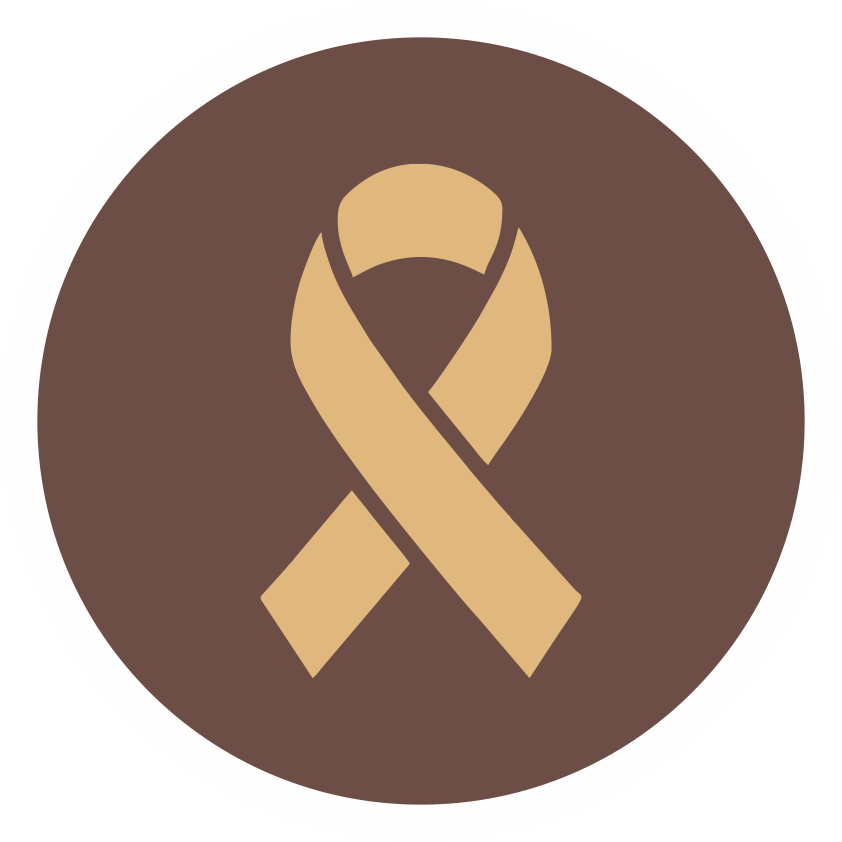 GI Onco Surgery
GI Onco Surgery -
 GI Oncology
GI Oncology -
 GI Surgery, Advanced Laparoscopy and Gastro Oncosurgery
GI Surgery, Advanced Laparoscopy and Gastro Oncosurgery
-
- Key Procedures
- Our Hospitals
- International Patient
- Contact us
-
Quick Links
Blogs

Malnutrition
Malnutrition is a condition that results from eating a diet in which one or more nutrients are either not enough or are too much such that the diet causes health problems.
It may involve calories, protein, carbohydrates, vitamins, or minerals. Not enough nutrients are called undernutrition or undernourishment while too much is overnutrition. Malnutrition is often used to specifically refer to undernutrition where an individual is not getting enough calories, protein, or micronutrients. If undernutrition occurs during pregnancy, or before two years of age, it may result in permanent problems with physical and mental development. There are two main types of undernutrition: protein-energy malnutrition and dietary deficiencies.
In some developing countries, overnutrition in the form of obesity is beginning to present within the same communities as undernutrition. Other causes of malnutrition include anorexia nervosa.
Efforts to improve nutrition are some of the most effective forms of development aid. Breastfeeding can reduce rates of malnutrition and death in children, and efforts to promote the practice increase the rates of breastfeeding. In young children, providing food (in addition to breastmilk) between six months and two years of age improves outcomes. Management of severe malnutrition within the person’s home with ready-to-use therapeutic foods is possible much of the time. In those who have severe malnutrition complicated by other health problems, treatment in a hospital setting is recommended.
Signs and Symptoms
The signs and symptoms of malnutrition depends on the type. Being able to recognize the effects of malnutrition can help people and health care providers identify and treat issues related to under or overnutrition undernutrition. Undernutrition typically results from not getting enough nutrients in the diet. This can cause the following
- Weight loss
- Loss of fat and muscle mass
- Hollow cheeks and sunken eyes
- A swollen stomach
- Dry hair and skin
- Delayed wound healing
- Fatigue
- Irritability
- Depression and anxiety
- Difficulty in concentrating
People with undernutrition may have one or several of these symptoms. Some types have significant effects.
Kwashiorkor, a severe protein deficiency, causes fluid retention and a protruding abdomen. Marasmus which results from severe calorie deficiency leads to wasting and significant fat and muscle loss. Undernutrition can also result in micro nutrient deficiencies. Some of the most common deficiencies and their symptoms are as follows.
Vitamin A: dry eyes, night blindness, increased risk of infection.
Zinc: loss of appetite, stunted growth, delayed healing of wounds, hair loss diarrhoea.
Iron: impaired brain function, issues with regulating body temperature, stomach problems
Iodine : enlarged thyroid glands, decreased production of thyroid hormones, growth and development issues.
Over Nutrition
The main signs ofovernutrition are overweight and obesity. It can also lead to nutrient deficiencies. Research shows that people who are overweight or obese are more likely to have inadequate intakes and low blood levels of certain vitamins and minerals compared to those who are at a normal weight. This is likely because of an overconsumption of fast and processed foods that are high in calories and fats but low in nutrients.
Dietary practices Undernutrition
A lack of adequate breastfeeding leads to malnutrition in infants and children, associated with the deaths of an estimated one million children annually. Illegal advertising of breast milk substitutes contributed to malnutrition and Maternal malnutrition can also factor into the poor health or death of a baby. Deriving too much of one’s diet from a single source, such as eating almost exclusively corn or rice, can cause malnutrition. This may either be from a lack of education about proper nutrition, or from only having access to a single food source.It is not just the total amount of calories that matters but specific nutritional deficiencies such as vitamin A deficiency, iron deficiency or zinc deficiency can also increase risk of death.
Overnutrition
Overnutrition caused by overeating is also a form of malnutrition. Many parts of the world have access to a surplus of non-nutritious food, in addition to increased sedentary lifestyles. The issue in these developed countries is choosing the right kind of food. The reason for this mass consumption of fast food is its affordability and accessibility. Often fast food, low in cost and nutrition, is high in calories and heavily promoted. When these eating habits are combined with increasingly urbanized, automated, and more sedentary lifestyles, it becomes clear why weight gain is difficult to avoid.
Not only does obesity occur in developed countries, problems are also occurring in developing countries in areas where income is on the rise. Overeating is also a problem in countries where hunger and poverty persist. Overeating leads to many diseases, such as heart disease and diabetes, that may result in death.
Causes
The common causes of malnutrition include:
- Food insecurity or a lack of access to sufficient and affordable food.
- Digestive problems and issues with absorption such as Crohn's disease, celiac disease, and bacterial overgrowth in the intestines.
- Excessive alcohol consumption
- Mental health disorders
- Inability to obtain and prepare foods
- Population at risk
Malnutrition affects people in all parts of the world but some people are at a higher risk. Populations that are prone to malnutrition include: - People living in developing countries or areas with limited access to food
- Individuals with increased nutrient needs especially children and pregnant or breastfeeding women.
- People that live in poverty or have low incomes.
- Older people who live alone or have disabilities.
- People with issues that affect nutrient absorption.
Treatment
In response to child malnutrition, the government recommends ten steps for treating severe malnutrition. They are to prevent or treat dehydration, low blood sugar, low body temperature, infection, correct electrolyte imbalances and micronutrient deficiencies, start feeding cautiously, achieve catch-up growth, provide psychological support, and prepare for discharge and follow-up after recovery.Among those who are hospitalized, nutritional support improves protein, calorie intake and weight.
Food
The evidence for benefit of supplementary feeding is poor.Specially formulated foods do however appear useful in those from the developing world with moderate acute malnutrition.In young children with severe acute malnutrition it is unclear if ready-to-use therapeutic food differs from a normal diet. In those who are severely malnourished, feeding too much too quickly can result in refeeding syndrome.This can result regardless of route of feeding and can present itself a couple of days after eating with heart failure, dysrhythmias and confusion that can result in death.Manufacturers are trying to fortify everyday foods with micronutrients that can be sold to consumers For example, flour has been fortified with iron, zinc, folic acid and other B vitamins such as thiamine, riboflavin, niacin and vitamin B12.
Micronutrients
Treating malnutrition, mostly through fortifying foods with micronutrients (vitamins and minerals), improves lives at a lower cost and shorter time than other forms of aid. Those with diarrhoea, once an initial four-hour rehydration period is completed, zinc supplementation is recommended. Daily zinc increases the chances of reducing the severity and duration of the diarrhoea, and continuing with daily zinc for ten to fourteen days makes diarrhoea less likely recur in the next two to three months.
In addition, malnourished children need both potassium and magnesium. This can be obtained by following the above recommendations for the dehydrated child to continue eating within two to three hours of starting rehydration, and including foods rich in potassium as above. Low blood potassium is worsened when base is given to treat acidosis without simultaneously providing potassium. As above, available home products such as salted and unsalted cereal water, salted and unsalted vegetable broth can be given early during the course of a child’s diarrhoea along with continued eating. Vitamin A, potassium, magnesium, and zinc should be added with other vitamins and minerals if available.
For a malnourished child with diarrhoea from any cause, this should include foods rich in potassium such as bananas, green coconut water, and unsweetened fresh fruit juice.
Diarrhoea
The World Health Organization (WHO) recommends rehydrating a severely undernourished child who has diarrhoea relatively slowly. The preferred method is with fluids by mouth using a drink called oral rehydration solution (ORS). The oral rehydration solution is both slightly sweet and slightly salty and the one recommended in those with severe undernutrition should have half the usual sodium and greater potassium. Fluids by nasogastric tube may be use in those who do not drink. Intravenous fluids are recommended only in those who have significant dehydration due to their potential complications. These complications include congestive heart failure. Drinks such as soft drinks, fruit juices, or sweetened teas are not recommended as they contain too much sugar and may worsen diarrhoea. Broad spectrum antibiotics are recommended in all severely undernourished children with diarrhoea requiring admission to hospital.
Low Blood Sugar
Hypoglycemia, whether known or suspected, can be treated with a mixture of sugar and water. If the child is conscious, the initial dose of sugar and water can be given by mouth. If the child is unconscious, give glucose by intravenous or nasogastric tube. If seizures occur after despite glucose, rectal diazepam is recommended. Blood sugar levels should be re-checked at two-hour intervals.
Hypothermia
Hypothermia can occur. To prevent or treat this, the child can be kept warm with covering including of the head or by direct skin-to-skin contact with the mother or father and then covering both parent and child. Prolonged bathing or prolonged medical exams should be avoided. Warming methods are usually most important at night.
Latest Posts
-
 Awake Craniotomy Jul 12, 2022
Awake Craniotomy Jul 12, 2022 -
 Curing Constipation Jul 12, 2022
Curing Constipation Jul 12, 2022 -
 The ‘Gut Health’ Buzz Jul 12, 2022
The ‘Gut Health’ Buzz Jul 12, 2022 -
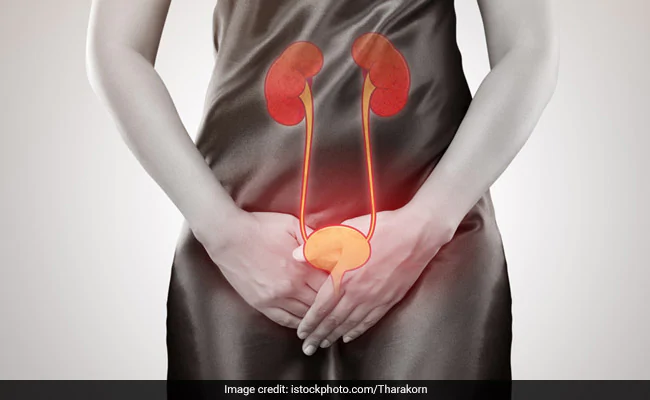 Tips to Prevent UTI Jul 12, 2022
Tips to Prevent UTI Jul 12, 2022
Categories
- Clinical Nutrition and Dietetics
- Endocrinology and Metabolic Disease
- General and Laparoscopic Surgery
- General Medicine
- Physical Medicine and Rehabilitation
- Psychiatry
- Centre for Heart & Vascular Care
- Centre for Bone, Joint & Spine
- Centre for Neurosciences
- Centre for Gastrosciences
- Centre for Nephro-Urosciences
- Centre for Blood Diseases, BMT & Cancer Immunotherapy
- Centre for Obstetrics and Gynaecology

 +91 9393 108 108
+91 9393 108 108


